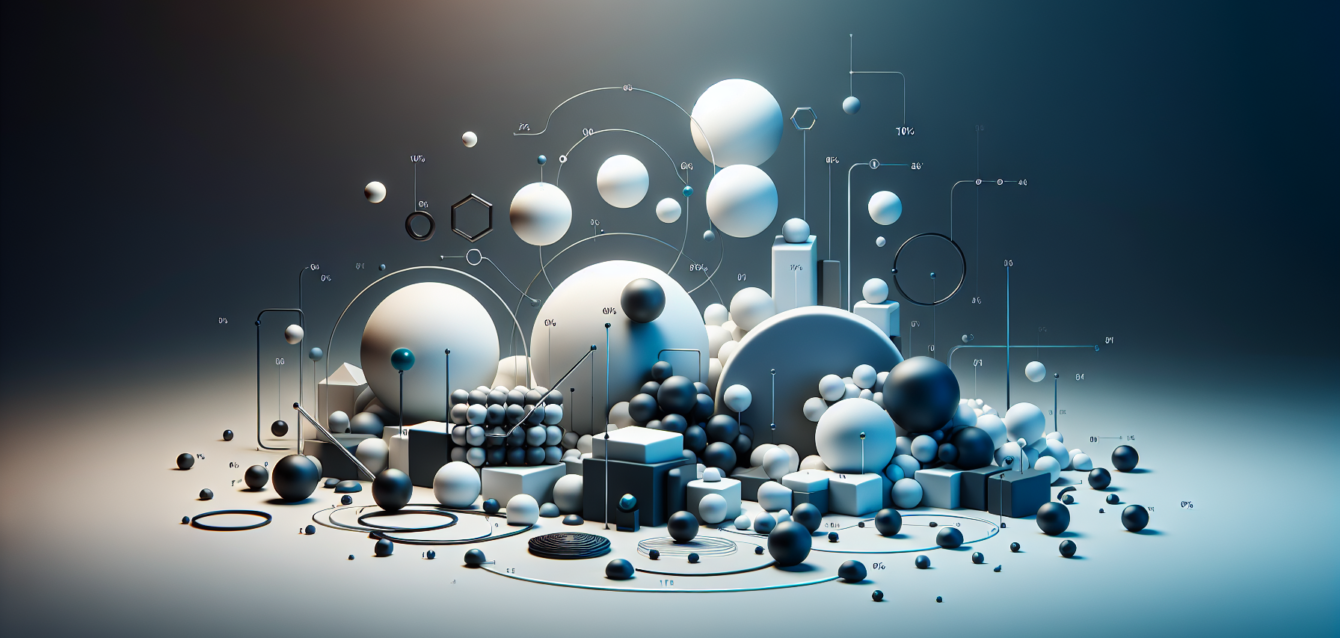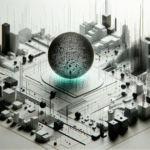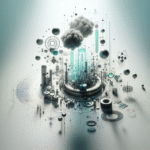Sensors in Life Science: Revolutionizing Monitoring and Diagnostics
- Integrate sensor technologies to enhance operational efficiency in life sciences.
- Prioritize training on the latest sensor technologies for better performance.
- Automate processes by incorporating sensors into existing workflows.
- Stay updated on trends in sensor innovations and digital integrations.
- Focus on quality and regulatory compliance in sensor technology selections.
Table of Contents
- Why Sensors Matter in Life Sciences
- Types of Sensors Used in Life Science
- Sensor Technologies in Life Science
- Applications in Life Science
- Key Benefits of Sensors in Life Science
- Emerging Trends and Considerations
- Practical Takeaways
Why Sensors Matter in Life Sciences
In the realm of life sciences, sensors are nothing short of game-changers. These sophisticated devices detect and respond to environmental changes by converting physical or chemical signals into measurable electrical outputs. They are essential for monitoring and analyzing biological, chemical, and physical processes with remarkable precision (NIBIB); (Dewesoft). Without them, our ability to accurately diagnose diseases, monitor patient health, and conduct groundbreaking research would be drastically limited.
Types of Sensors Used in Life Science
The variety of sensors utilized in life sciences is diverse, each designed to address specific monitoring needs. Here’s a look at some of the main types:
| Sensor Type | Primary Function | Example Applications |
|---|---|---|
| Temperature Sensors | Measure and maintain temperature | Thermal cyclers, incubators, GC/LC equipment (AZSensco); (Dewesoft) |
| Pressure Sensors | Monitor gas/liquid pressures | Chromatography, medical devices (AZSensco) |
| pH Sensors | Measure acidity/alkalinity | Cell culture, diagnostics (Lionix) |
| Conductivity Sensors | Assess solution ion content | Water analysis, lab automation (Lionix) |
| Gas Flow & Oxygen Sensors | Track gas concentrations | Cell incubators, fermentation (Lionix) |
| Glucose Sensors | Measure glucose concentration | Diabetes management, lab-on-a-chip (Lionix) |
| Optical Sensors/Cameras | Image and analyze samples | Microscopy, patient imaging (Lionix); (Dewesoft) |
Sensor Technologies in Life Science
Innovations in sensor technologies have opened new frontiers in life sciences. Two noteworthy advancements are:
MEMS (Micro-Electro-Mechanical Systems)
MEMS technology is revolutionizing the life sciences by enabling the miniaturization of devices. This advancement allows sensors to be integrated into wearables, implantable systems, and lab-on-a-chip devices, providing precise control of fluids, temperature, and chemicals while minimizing reagent use (Lionix). Furthermore, MEMS support scalable manufacturing, facilitating high-throughput and point-of-care applications.
Precision Engineering
Small-diameter sensors possess the ability to access challenging locations within medical devices or laboratory equipment, offering high accuracy while maintaining minimal invasiveness (AZSensco); (Balluff). Automated data acquisition and analysis streamline laboratory processes, reduce human error, and enhance reproducibility, making them invaluable for scientific research (Lionix); (Balluff).
Applications in Life Science
Sensors are used across various sectors in life sciences, including:
Medical Diagnostics
In medical diagnostics, sensors play a crucial role in detecting biomarkers and monitoring vital signs. Continuous glucose monitoring devices for diabetic patients are a prime example of how sensors enable instant healthcare insights. Many point-of-care devices utilize integrated sensors for rapid, automated analyses. Examples include blood analyzers and biosensors (Lionix); (NIBIB).
Laboratory Automation
The high-stakes environment of labs requires precise environmental control, which sensors provide. They maintain temperature, CO₂ levels, and humidity in incubators and bioreactors, ensuring optimal conditions for experiments (Balluff). Furthermore, sensors facilitate high-throughput screening and analysis in drug discovery and genetic testing, streamlining efforts to bring new therapies to market (Lionix); (Balluff).
Research & Development
In research and development, embedded sensors gather real-time data in microfluidic and lab-on-a-chip platforms. These innovative setups allow researchers to delve into advanced studies in cell biology, genomics, and pharmacology (Lionix); (NIBIB).
Clinical Equipment
Clinical equipment such as ventilators, infusion pumps, and imaging systems benefit from the reliability provided by sensors. They not only ensure devices operate correctly but also support effective patient monitoring, making them integral to healthcare delivery in critical settings (NIBIB); (AZSensco); (Balluff).
Key Benefits of Sensors in Life Science
The integration of sensors in life sciences brings a host of benefits:
- Miniaturization: Sensors enable the creation of portable, wearable, and implantable solutions crucial for monitoring and diagnostics (Lionix).
- Automation: These devices reduce manual labor, increase throughput, and improve reproducibility in laboratory settings, leading to more efficient processes (Lionix); (Balluff).
- Precision & Sensitivity: Sensors ensure accurate and reliable measurements that are critical for maintaining the integrity of scientific and medical work (AZSensco); (Balluff).
- Scalability: Advances in sensor technology have made it economically viable to produce devices at scale, allowing for widespread application in various environments (Lionix).
Emerging Trends and Considerations
As technology evolves, the integration of sensors with digital systems continues to reshape life sciences. Sensors now commonly feature digital outputs for smooth connectivity with data acquisition and analysis platforms, supporting trends such as remote monitoring and telemedicine (Dewesoft).
Customization and usability have also become focal points. Sensor solutions are often tailored to meet the specific demands of devices or applications, emphasizing reliability, calibration, and regulatory compliance (Balluff).
Looking ahead, ongoing research aims to boost sensor sensitivity, selectivity, and multi-functionality to address the dynamic needs of biomedical and life sciences (NIBIB).
Practical Takeaways
For professionals in Pharma, Biotech, or Food Tech, understanding and leveraging sensors can significantly improve operational efficiencies and outcomes. Here are some actionable strategies:
- Invest in Training: Ensure your team is well-versed in the latest sensor technologies and their applications, as this knowledge translates into better operational performance.
- Prioritize Quality and Compliance: Choosing sensor technologies that meet regulatory requirements not only safeguards your operations but also ensures that your products are market-ready.
- Embrace Automation: Consider integrating sensors into your existing systems to optimize workflows and enhance data accuracy, especially in critical monitoring situations.
- Stay Informed on Emerging Trends: Keep an eye on sensor advancements and digital integration opportunities that could elevate your work or business model.
Sensors are indispensable in the life sciences, enabling advancements in healthcare, research, and diagnostics through precise measurement and automation. As we continue to push the boundaries of technology, embracing sensor innovations will be vital for staying ahead in a competitive landscape.
If you want to explore how QPS Engineering AG can enhance your projects with our engineering and compliance services, feel free to connect with our team on LinkedIn.







